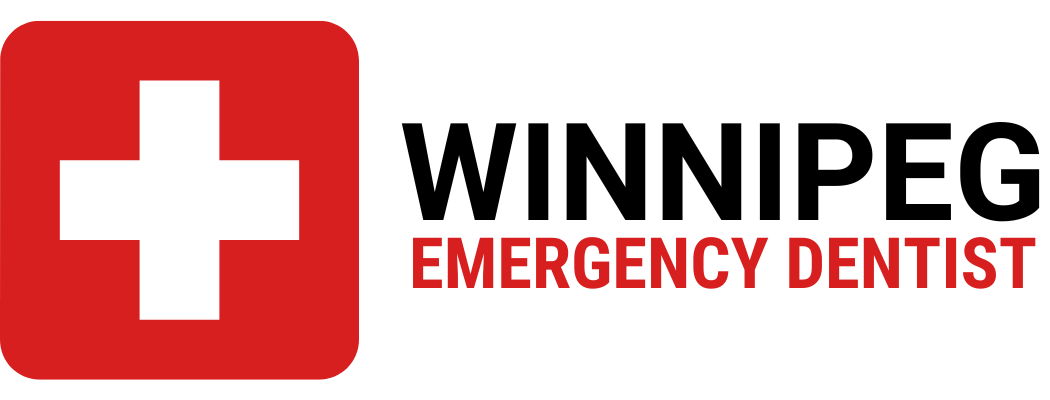Understanding Why One Side May Swell More After Wisdom Teeth Removal
Published February 15, 2024
Ever noticed that one side of your face looks more like a chipmunk’s after wisdom teeth removal? It’s a common question I get from patients and readers alike. Why does one side swell more than the other?
In this article, I’ll delve into the reasons behind this puzzling phenomenon. From surgical techniques to individual healing processes, several factors can contribute to uneven swelling. Understanding these factors can help you better prepare for your recovery journey.
Surgical Techniques and Placement
Think back to your dentist’s office. Do you remember how your dentist located your wisdom teeth through X-rays before removal? The position of the wisdom teeth in your mouth significantly influences surgical techniques, which in turn, can affect post-operative swelling.
Some wisdom teeth are nicely lined up, making the removal process a breeze. However, for others, it’s a different story. Certain wisdom teeth might be lurking under the gums or anchored in an awkward position, known as impacted wisdom teeth. This would require more complex surgical techniques, possibly leading to more extensive tissue trauma and subsequently more swelling.
It’s sparse that both your wisdom teeth (left and right) are in an identical position. The right side might be straightforward while the left calls for a more vigorous procedure. This disparity might explain the uneven swelling after surgery.
Moreover, surgical techniques also differ substantially depending on the dental surgeon’s experience and skill. A seasoned surgeon might have the skillset to navigate tricky tooth placements, minimize tissue trauma, and thereby reduce the prospect of extreme swelling. On the flip side, a less experienced practitioner might be a little heavy-handed, leading to increased swelling.
Here’s a breakdown of the related stats:
| Factor | Impact on Swelling |
|---|---|
| Simplicity of Extraction | Reduced swelling |
| Complexity (Impacted Teeth) | Increased swelling |
| Surgeon Experience | Variable impact |
In the end, keep in mind that everyone’s body reacts differently to trauma and healing. What might result in a deflated balloon for one could leave another resembling a chipmunk storing its winter feed! Understanding these factors should arm you with realistic expectations as you embark on your wisdom teeth removal journey.
Individual Anatomy Differences
Getting to the heart of individual anatomy variations, it’s crucial to know that each person’s mouth and teeth structure are unique. No two mouths are the same, just like no two fingerprints alike. This differentiation plays a significant role in the aftermath of a wisdom teeth removal surgery.
Your mouth’s configuration, including the size and shape of your jawbone, the positioning of your teeth, and the amount of space available, can all affect the complexity of your wisdom tooth removal. For example, if one side of your mouth has more space, it may require less force or manipulation during surgery, potentially leading to less swelling post-operation.
Then there’s also the matter of impacted wisdom teeth. These teeth haven’t emerged properly from the gums, making their removal more challenging. As I mentioned earlier, a more complicated surgery process can result in more extensive tissue trauma and subsequently, more swelling. It’s not surprising if you notice more swelling on the side where an impacted tooth was removed.
Let’s move to another crucial aspect that many tend to overlook: blood vessels and nerves. Your body’s unique network of blood vessels and nerves in the surgical area plays a part too. A dense network can mean more blood flow to the area, resulting in more swelling. If one side of your mouth has a denser network, it’s likely to experience more swelling post-surgery.
To sum up, it’s these individual anatomy differences that contribute to uneven post-surgical swelling. Your dental surgeon will take all of these factors into account before the operation, but the recovery process is largely unpredictable. Next up, we will dive into the role that the dental surgeon’s experience and skill play in managing and mitigating post-op swelling.
Nerve Damage and Inflammation
Let’s take a deeper dive into some of the key reasons for uneven swelling after wisdom tooth extraction. Nerve Damage and Inflammation are two crucial factors that can immensely influence this situation.
The density and placement of nerves differ across your mouth, which may contribute to asymmetric swelling. If the wisdom tooth is closer to a nerve, more collateral damage may occur during extraction. This potential harm to the nerves often leads to a more pronounced inflammatory response. It’s the body’s way of protecting itself, reacting to injury by becoming red, swollen, and sometimes painful.
Similarly, the inflammation process plays a critical part in how your body responds to any kind of surgical trauma – including tooth extraction. White blood cells rally to the damaged area as a defense mechanism against potential infections. At the same time, they are secreted into your surrounding tissues, resulting in localized swelling. Put simply, if the damage is more severe on one side of your mouth during extraction, that side is likely to swell more.
Considering the possibility of nerve damage, let’s attempt to dissect its implications. Nerve damage during a wisdom tooth extraction is relatively rare, but it can happen, especially if the tooth is deeply impacted and entwined with surrounding nerves. This could lead to many complications such as numbness, pain, or in some extreme cases, loss of taste.
I will discuss each of these complications and the contributing factors in detail in the next section.
Blood Flow and Lymphatic Drainage
A key factor that contributes to uneven swelling post wisdom teeth removal is Blood Flow and Lymphatic Drainage. This might sound scientific but it’s fundamental to understanding why swelling happens and why it might affect one side of your face more than the other.
In very simple terms, blood flow refers to the volume of blood your blood vessels are carrying to the surgical area. The greater the blood flow to an area, the more nutrients and oxygen are being delivered. This aids in the healing process by speeding up tissue recovery.
However, increased blood flow also results in more fluid seeping out of the blood vessels into the surrounding tissues. That’s the body’s way to bring essential healing substances to the surgical site. Inevitably though, it’s this movement of fluids that contributes to swelling.
What about lymphatic drainage? Think of the lymphatic system as the body’s waste disposal unit. It carries away waste products, bacteria, and damaged cells. When an area in the body is damaged, the lymphatic system goes into overdrive to clear up the debris that’s a natural result of any surgical intervention.
What’s interesting is that lymph drainage can vary considerably from one side of the face to the other. After surgery, one side of your face may experience faster lymph drainage which means it’ll clear out waste, blood and fluids quicker than another side. That can translate into less swelling on that side.
As a patient, these are factors you can’t control or predict. And that’s alright! What’s critical is to respond to swelling by following the prescribed aftercare steps, taking your medication, and keeping the surgical area clean. It’s also important to keep an eye out for signs that may indicate complications such as excessive swelling, continuous pain, or changes in sensation, and to contact your oral surgeon if these arise.
Recovery Tips for Reducing Swelling
Let’s dive into some practical steps you can take to help manage and reduce swelling following a wisdom teeth removal operation. Keep in mind that everyone’s body reacts differently to surgery, so what works for one person might not necessarily work for another. But don’t worry too much, there are general guidelines that you can follow to help ensure a smoother recovery process.
Ice Application is almost a universal soothing solution for swellings. Applying an ice pack to the surgery area in 20-minute intervals during the first 48 hours post-surgery can significantly help to reduce swelling. The cold compress leads to constriction of blood vessels, thereby decreasing the blood flow to the area and aiding in reducing the swelling.
Another recovery tip focuses on Elevation. Simply propping up your head with a couple of pillows while sleeping or lying down can make a significant difference. By doing so, you’re allowing gravity to help reduce fluid accumulation and subsequent swelling in the surgery area.
Last but not least, consider adopting a softer, Soothing Diet following the procedure. The first few days post-surgery are not the best time to enjoy crunchy or spicy foods. Instead, pureed fruits and vegetables, cool soups, and other smooth, light meals can help to reduce the need for excessive jaw movements, which may increase swelling.
Of course, these tips are most effective when combined with the medications and post-operative instructions provided by your oral surgeon. Remember, the aim here is to make the healing period as comfortable as possible. Don’t be dissuaded if you find one side of your face more swollen than the other; follow these recovery tips for reducing swelling, whilst also continuing to listen to your body and its specific needs.
Conclusion
It’s crucial to remember that uneven swelling after wisdom teeth removal is quite common. This can be due to factors like personal anatomy differences, impacted teeth, and the unique layout of your blood vessels and nerves. Blood flow and lymphatic drainage can also play a part. Don’t panic if one side of your face swells more than the other. It’s all part of the body’s healing process. Stick to the recovery tips mentioned, such as using ice packs, keeping your head elevated, and eating a softer diet. Follow your doctor’s instructions and use prescribed medications as directed. Above all, listen to your body and its specific needs during this healing period. It’s your best guide to a smooth and comfortable recovery.

